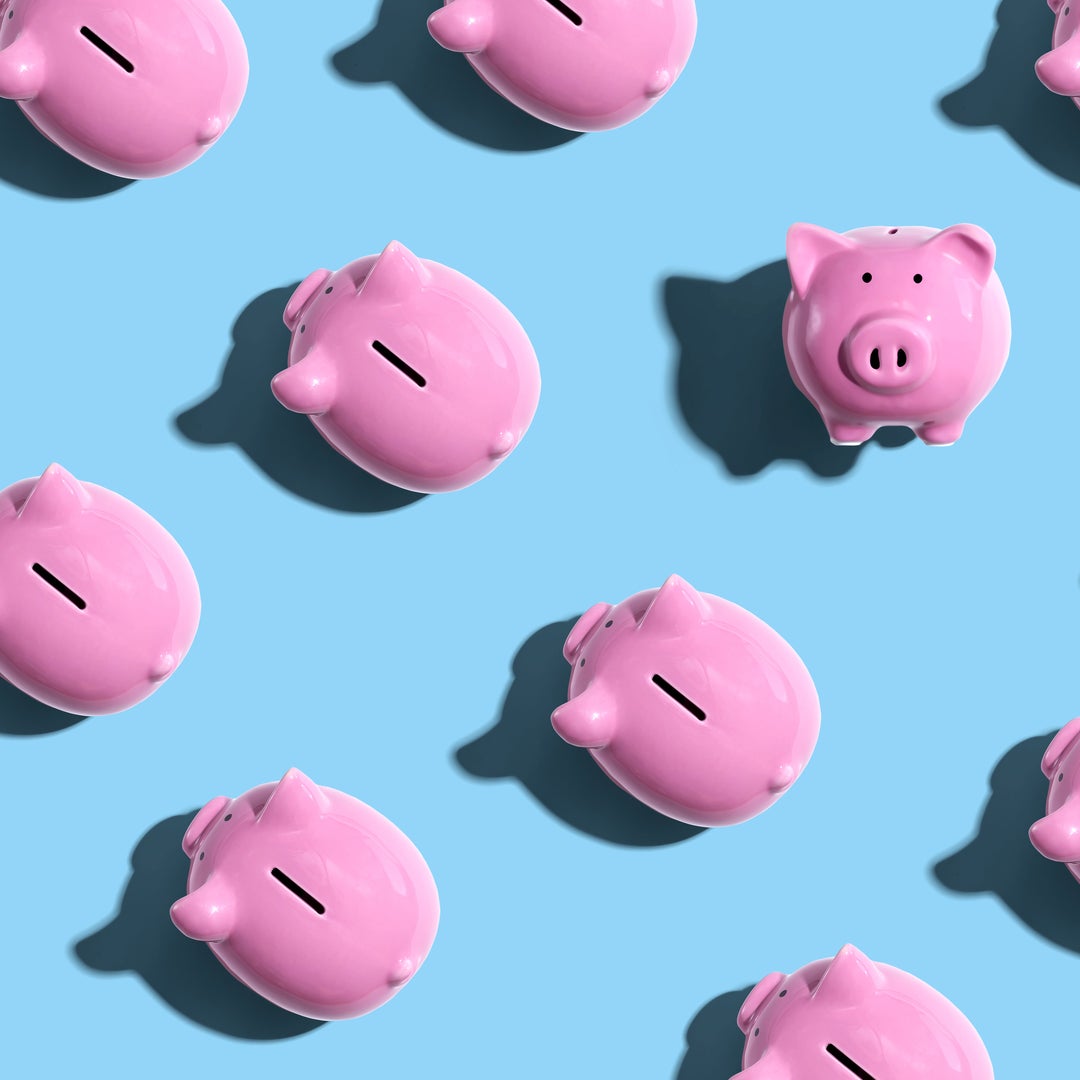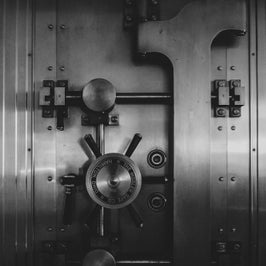What is a Savings Account?

Savings accounts come in several shapes and sizes. Understanding how they work can help you manage your money more efficiently.
What is a savings account?
A savings account is designed for long-term needs. While checking accounts are used for everyday transactions and regular spending, savings accounts are meant to hold your emergency fund and other cash savings. That includes money you’re putting aside for financial goals.
A savings account is a type of deposit account that allows you to earn interest. Other deposit accounts include checking accounts, certificates of deposit (CDs), and money market accounts. They all work a little differently, but deposit accounts have their perks.
-
They’re safer than keeping all your money in cash.
-
Checking, savings, and money market accounts provide liquidity (read: easier access to your money).
-
They’re insured by the Federal Deposit Insurance Corporation (FDIC) for up to $250,000 per depositor, per insured bank account. So if things go sideways at your bank, your money will be protected up to that amount.
How does a savings account work?
Savings accounts are available through financial institutions, such as a bank or credit union. Some may require you to make a minimum opening deposit or maintain a minimum balance to avoid fees.
After opening a savings account, you can build up the money in your account by linking up your checking account and making automatic transfers to your savings.
Once you decide on a monthly savings target that feels comfortable, treat it like any other line item on your budget. Making it automatic only simplifies things.
You can use a savings account to store your emergency fund and save for other financial goals. That might include:
-
Starting a business
-
Traveling
-
Making home repairs or renovations
-
Purchasing a car
If you run into a situation where you need to tap your savings, be sure you understand your bank or credit union’s rules here. The Federal Reserve used to require financial institutions to limit consumers to six withdrawals per month. This rule ended in 2020, but some banks still have it.
Why you need a savings account
People who lived during the Great Depression would sometimes keep their cash savings in their homes in case the banks failed.
The Great Depression eroded public confidence in the U.S. banking system, but now there are regulatory protections from the government. Deposit accounts are now FDIC-insured — and provide more security than your mattress.
Holding too much cash doesn’t make financial sense either. Remember that savings accounts earn interest. This is expressed as an annual percentage yield (APY). Rates tend to reflect the Federal Reserve’s funds rate. As the Fed increases or decreases this rate, APYs on savings accounts usually move in the same direction. The national average APY on savings accounts is 0.30%, according to the FDIC, but there are financial institutions offering much more.
High-yield savings accounts are typically available through online banks and credit unions — and they’re known for their competitive rates. At the time of this writing, some banks have APYs as high as 3.40%. That’s $3.40 for every $100 deposited.
4 different types of savings accounts
Aside from traditional and high-yield savings accounts, consumers might also consider one of the following:
Money market accounts
These are similar to savings accounts but typically offer higher interest rates in exchange for steeper minimum balance requirements. The national average APY is 0.38%, though some banks offer rates as high as 4.25%.
CDs
CDs are available in different term lengths and reward you for keeping your money locked up during that time. Withdrawing funds before the term expires will likely trigger a penalty. Longer terms are usually associated with higher interest rates. The average APY for a 60-month CD is 1.09%, but doing your research could land you a better deal. Some banks are dangling rates as high as 4.40%.
Specialty savings accounts
These are designed to help you save for specific purposes. Specialty savings accounts include health savings accounts (HSAs), flexible spending accounts (FSAs), individual retirement accounts (IRAs), and 529 college savings plans. It may also double as an investment account that gives you access to the stock market.
Cash management accounts
These are usually available through online brokerage firms. They allow you to earn interest on cash you plan on eventually investing. Since CMAs are managed by nonbanks, your money is technically held by partner banks. Interest rates are often competitive, and you may be able to transfer money directly from your CMA to your investment accounts.
Checking vs savings account
Again, a checking account is meant for everyday transactions, discretionary spending, paying bills, and withdrawing cash as needed. Money is continually moving in and out, which is why a checking account comes with a debit card and checks.
A savings account, on the other hand, is designed to hold money you probably don’t plan on spending right away — like your emergency fund and dollars you’re stashing away for financial goals. It’s a safe place to store your savings and earn interest along the way.
The truth is that most people need a checking account and a savings account. Keeping your funds separated like this makes for clean bookkeeping. Day-to-day spending goes in one bucket; your savings goes in another. If everything is mixed together, you might be more likely to deplete your savings.
Money market account vs savings account
A money market account earns interest like a savings account — but often comes with a debit card or checkbook, mirroring the accessibility of a checking account. (Of course, this might not be a good thing if you’re trying not to spend it.) Some financial institutions may put a cap on monthly withdrawals, so be sure to read the fine print before opening a money market account.
Having said that, money market accounts tend to offer higher APYs when compared to traditional savings accounts. Many even outshine high-yield savings accounts in this regard.
How to open a savings account
Savings accounts are available through banks and credit unions. Some are fully online, while others also provide access to brick-and-mortar banking. If you already have a checking account and are happy with your current financial institution, opening a savings account there can bundle your accounts under one umbrella.
Interest rates, fees, minimum balance requirements, and withdrawal limits can all vary, so it’s always wise to shop around and compare different account options. When you’re ready to open a savings account, you’ll likely need:
-
A government-issued photo ID or foreign passport
-
A Social Security card, birth certificate, or bill with your name and address on it
How much money to save
Most experts agree that saving three to six months’ worth of expenses is a good benchmark for your emergency fund. If you’re at the starting line, begin small and get in the habit of contributing some portion of every paycheck to your savings. You can also use cash windfalls like work bonuses and tax refunds to bulk up your emergency fund.
Whether you’re building your emergency fund or working toward other financial goals, it all begins with setting a savings target. You can use your monthly budget to back into that number over time. Meanwhile, accounts like 401(k)s and IRAs can help you build your retirement fund. The idea is to be intentional about all the ways you’re saving for the future.
This article has been distributed for educational purposes only and should not be considered as investment advice or a recommendation of any particular security, strategy, or product. The information presented represents the current environment as of the date of publication and is subject to change without notice.








